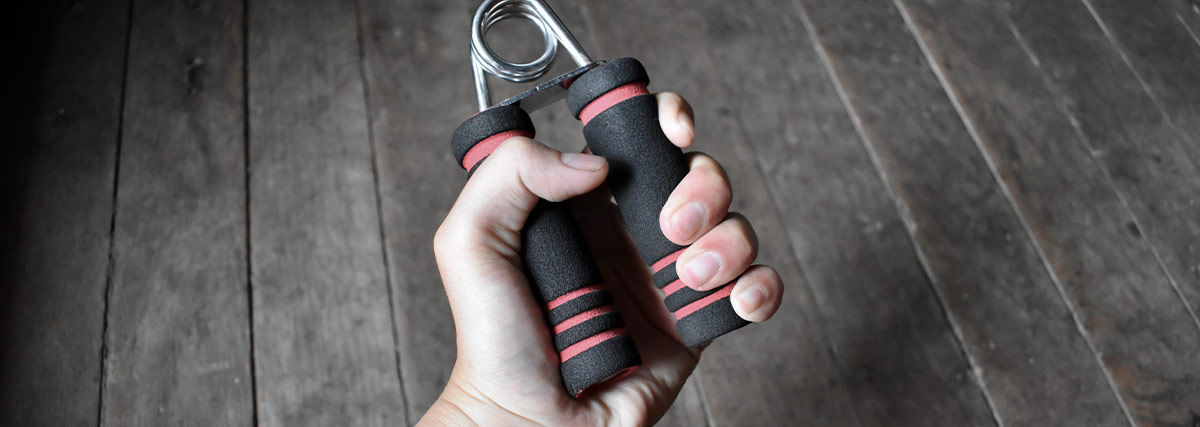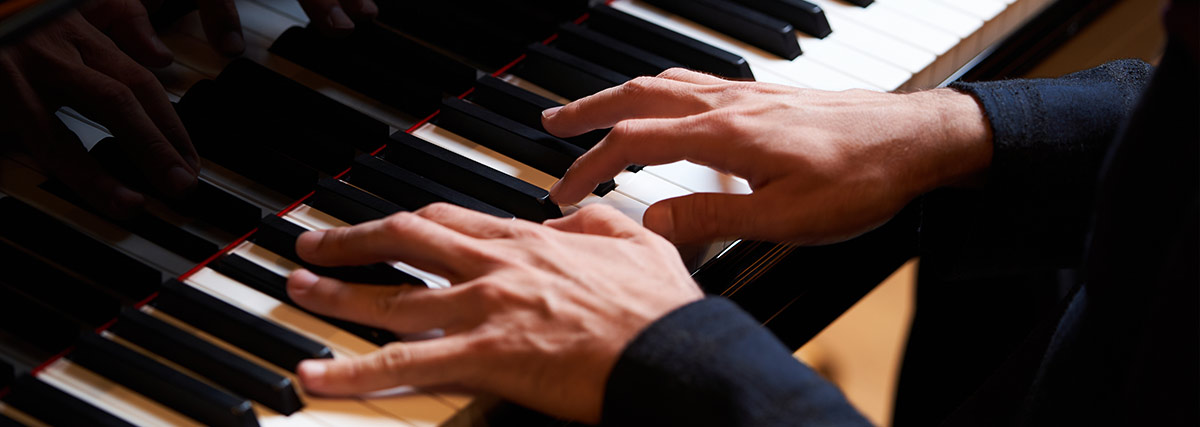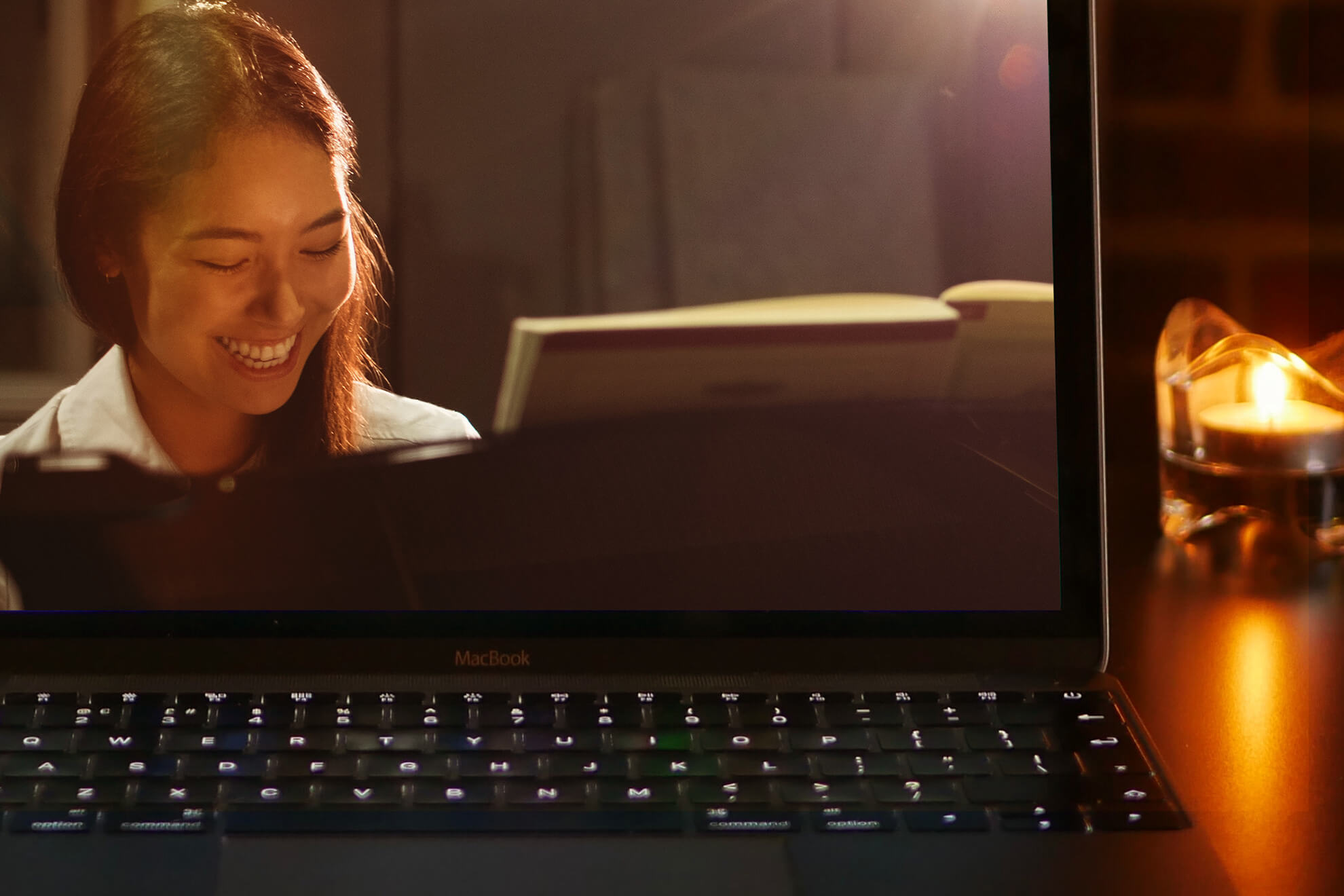Playing the piano not only requires musical skill but also strength and agility in the fingers.
Whether you are a beginner or an experienced pianist, strengthening and improving control over your fingers can greatly enhance your technique, speed, and overall performance.
Here is a comprehensive guide to help you strengthen your fingers and improve their dexterity for playing the piano.
Warm Up Before You Start
Just like athletes, pianists need to prepare their hands and fingers before playing.
Here are some warm-up exercises that can help:
- Finger Stretching: Gently stretch your fingers and palms to prevent stiffness or fatigue.
- Wrist Rotation: Rotate your wrists several times in both directions to improve blood circulation.
- Basic Finger Tapping: Place your hand on a flat surface and tap each finger individually at a fast pace.
Why Are Finger Strength and Dexterity Important?
Finger strength allows for better control, endurance, and accuracy when playing, while dexterity helps with smooth and fast movement across pieces.
Stronger fingers help reduce fatigue, enhance articulation, and improve playing speed with greater expression.
Finger Strength and Dexterity Exercises
Hanon Exercises
The Hanon Virtuoso Pianist exercises are among the best for strengthening the fingers and improving their independence.
These repetitive drills focus on enhancing endurance, coordination, and dexterity in both hands.
Practising Hanon exercises daily at a slow tempo, gradually increasing the speed, can significantly improve finger control.
This helps strengthen each finger, particularly weaker ones such as the ring finger and little finger.
Scales and Arpeggios
Practising scales and arpeggios in all keys strengthens the finger muscles and improves their coordination and independence.
Try playing them with different rhythms, dynamics, and articulations (such as staccato and legato) for a more effective exercise.
Finger Lifts
A simple yet effective exercise to strengthen each finger:
- Place your hand flat on a table or keyboard.
- Lift one finger as high as possible while keeping the others resting.
- Hold for a few seconds before lowering.
- Repeat for each finger on both hands.
Trills and Finger Tapping
Trills (rapid alternation between two adjacent notes) and finger tapping help improve agility and endurance.
Try practising trills with different finger pairs (e.g. 1-2, 2-3, 3-4) to strengthen weaker fingers.
Five-Finger Exercises
Play simple five-finger patterns (e.g. C-D-E-F-G and back) with each hand.
Focus on even sound, clarity, and control over dynamics. You can increase the difficulty by playing in different keys or incorporating various rhythms.
Exercises to Strengthen Fingers Without a Piano
Hand and Finger Stretches
Stretching the hands and fingers improves flexibility and reduces tension.
Try gently pulling each finger, spreading your fingers wide, or making a fist and releasing it.
Hand Strengthening Tools
Using grip strengtheners, stress balls, or rubber bands can help build finger and hand strength.
However, ensure you do not apply excessive force to avoid strain or injury.
Playing on Weighted Keys
Practising on a weighted-key piano or digital keyboard can strengthen the fingers more effectively compared to using a keyboard with lighter keys.
Tips for Effective Practise
- Warm Up First: Always start with light exercises to prevent injury.
- Stay Relaxed: Avoid tension in your hands and wrists while playing.
- Use Proper Fingering: The correct technique makes playing easier and reduces strain.
- Practise Slowly: Speed comes from control—do not rush through exercises.
- Be Consistent: Daily practise, even just 10–15 minutes, yields the best results.
By incorporating these exercises into your daily routine, your fingers will gradually become stronger and more agile, leading to better piano playing.
Be patient and enjoy the process!
Conclusion
Strengthening your fingers and improving dexterity are essential aspects of learning the piano.
Through regular practise, consistency, and proper technique, playing more challenging pieces will become easier.
Stay disciplined in your routine, and you will surely see progress and improvement over time.
Remember, the key to success is perseverance and practise—so never give up and keep practising!











